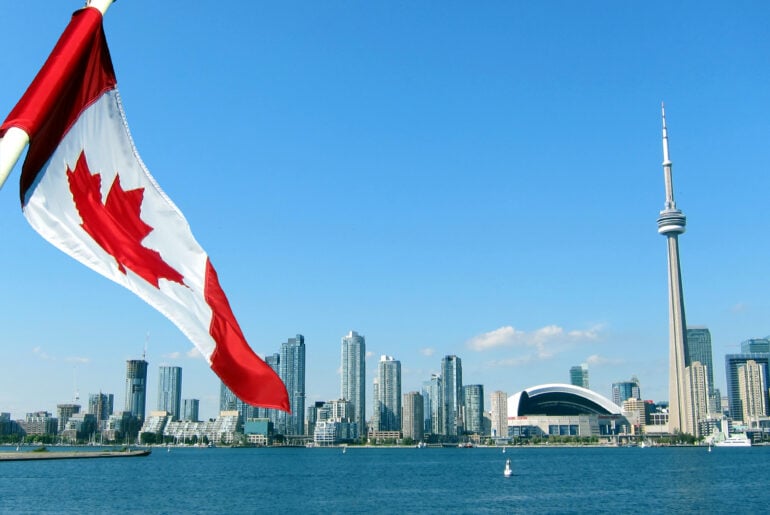For many hundreds of years since old English common law, a public nuisance cause of action allowed the government to stop, quite literally, a public nuisance that threatened the welfare of a community. The most common public nuisance cause of action involved real property—for example, pollution of the air, water, or land. But public nuisance causes of action also have involved other threats to the welfare of a community, such as storing fireworks or explosives, operating a house of prostitution, and harboring a vicious animal that has or might injure others, might damage or trespass on private or public property, is repeatedly at large, or makes excessive or ill-timed noise. In contrast, an individual has generally only been allowed to sue for a private nuisance, and recover damages, when—as “private” nuisance implies— there is no injury to the public at large, or that individual suffers an injury that is different from the injury suffered by the public at large.
Today’s more expansive view of the public nuisance cause of action is grounded in section 821B of the Second Restatement of Torts. The Second Restatement defines a public nuisance as any “unreasonable” interference with a public right, and allows private individuals to pursue injunction or abatement, so long as they have standing to sue in a representative capacity. The elasticity of the Second Restatement’s definition of public nuisance continues to test the boundaries of the cause of action. Specifically, government plaintiffs have been using the cause of action—typically as class action lawsuits—to address large-scale public policy issues involving, for example, tobacco products, lead paint, guns, opioids, vaping products, air pollution, firefighting foam products containing allegedly toxic chemicals, climate change, and plastics in the world’s oceans. In these high-publicity, high-stakes lawsuits, the government plaintiffs and other, similarly-situated plaintiffs (for example, Native American tribes), primarily seek to recover the many extraordinary costs associated with large-scale public policy issues. The plaintiffs’ class action bar clearly is shifting the cause of action away from its original purpose (protection of real property) and toward public policy issues that might properly be regarded as wide-scale, regional (if not national) “societal ills.” The plaintiffs’ class action bar also is shifting the cause of action toward products that are regulated, lawful, and in most instances are not deficient or defective.
In these suits, government plaintiffs argue that the historical restraints on public nuisance causes of action—injury to a common public right, recovery limits, and causation—should not apply to them because they have the ability to bring representative claims. In most of the recent public nuisance cases, instead of offering proof of specific injury to each involved individual, plaintiffs have attempted to focus on how widespread the product or problem is or its potential to cause harm. Courts have had mixed responses to this argument. For the most part, courts have referred to the tort’s historic limits, relying on policy judgments of the legislative and executive branches. Nonetheless, public nuisance causes of action continue to be asserted and some courts allow them to move forward. Even the mere threat of a somewhat ill-defined and somewhat untested cause of action creates a tremendous amount of risk not only because of the dollar amount of the losses attributed to the public nuisance, but also because insurance coverage for those losses is very uncertain, and so it is unclear whether those ultimately are insured or uninsured losses.
Arguably, a public nuisance cause of action is an inappropriate mechanism for addressing matters of public policy. The public nuisance cause of action was originally aimed at addressing discrete, localized interferences with public rights—and was most often used when there were no local ordinances prohibiting certain conduct. Public policy matters can be fully addressed and balanced only by the political branches of government, meaning that by allowing claimants’ public nuisance causes of action against product manufacturers to move forward, the judiciary is usurping the role of the legislature. In Tennessee Valley Authority v. Hill, Chief Justice Burger explained that the executive should carry out the legislature’s policy choice, and the courts should aid in enforcement when called upon to do so, but it is not for the courts, in the first instance, to re-evaluate the legislature’s policy choice. Despite these views, the financial success found in these causes of action are shaping the development of nuisance law.
Mostly, the attempt to expand public nuisance beyond its intended purpose has failed. Despite the failed attempts, massive settlements driven by public nuisance causes of action have reinforced the plaintiffs’ class action bar’s belief in the theory, empowering them to more vigorously assert public nuisance causes of action against “Big Oil,” “Big Pharma,” “Big Plastic,” and the like. Ultimately, the continued assertion of government plaintiffs’ claims against product manufacturers could change the meaning of “public right” to include all conduct that widely interferes with the private rights of numerous individuals. Recent high profile victories, like the State of Oklahoma’s opioid lawsuit against Johnson & Johnson and others, may be the tip of the iceberg. Given those successes we should expect to see more lawsuits, across different industries, which attempt to expand the scope of legal liability by addressing social ills through nuisance law. If the limits of the cause of action continue to be expanded , there is a good chance that the public nuisance theory will increasingly have ultimate viability in future claims, particularly since the plaintiffs’ class action bar undoubtedly views large pre-trial settlements as “ultimate viability.”


